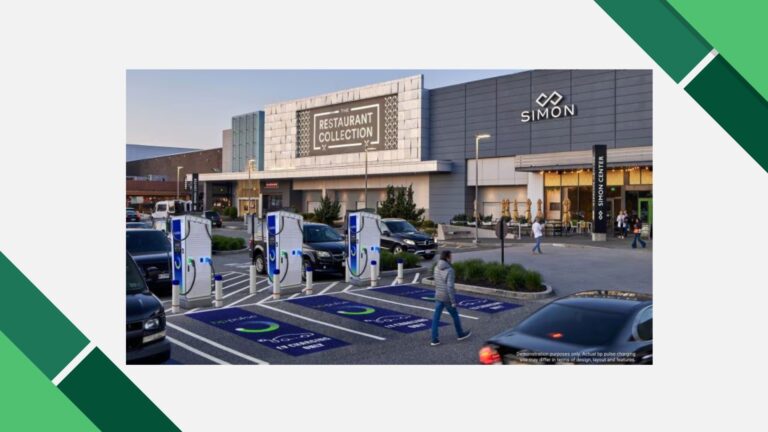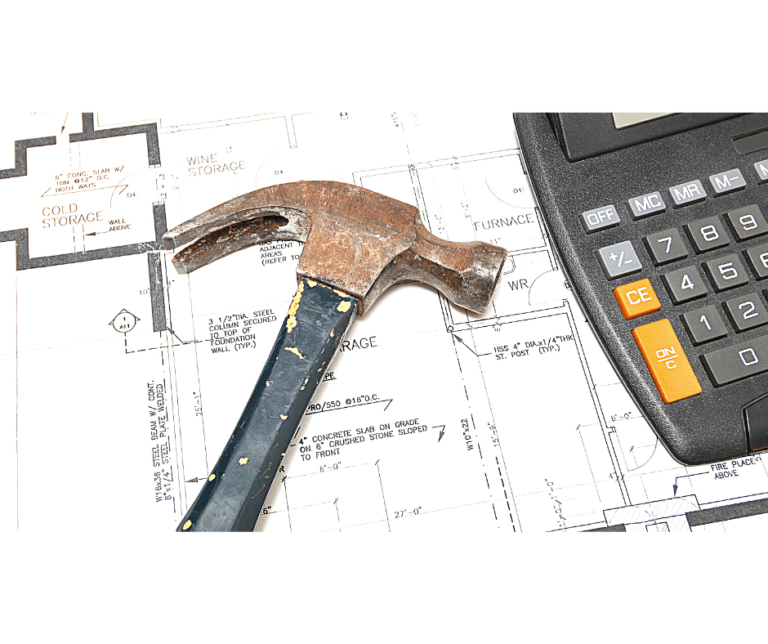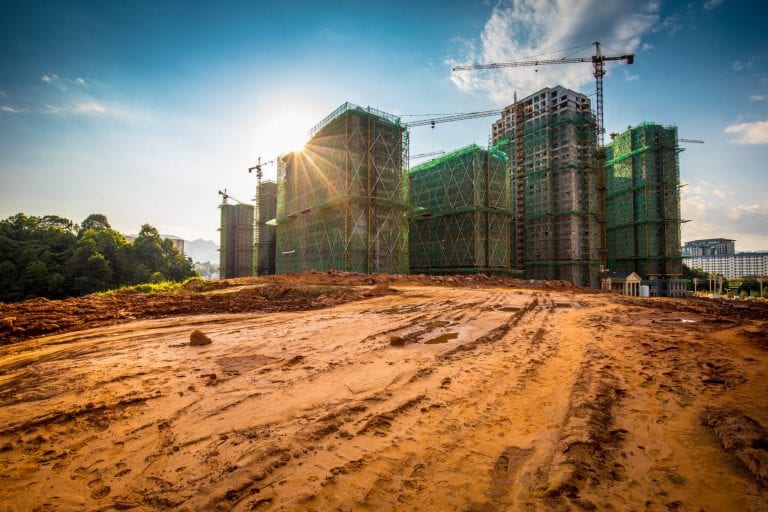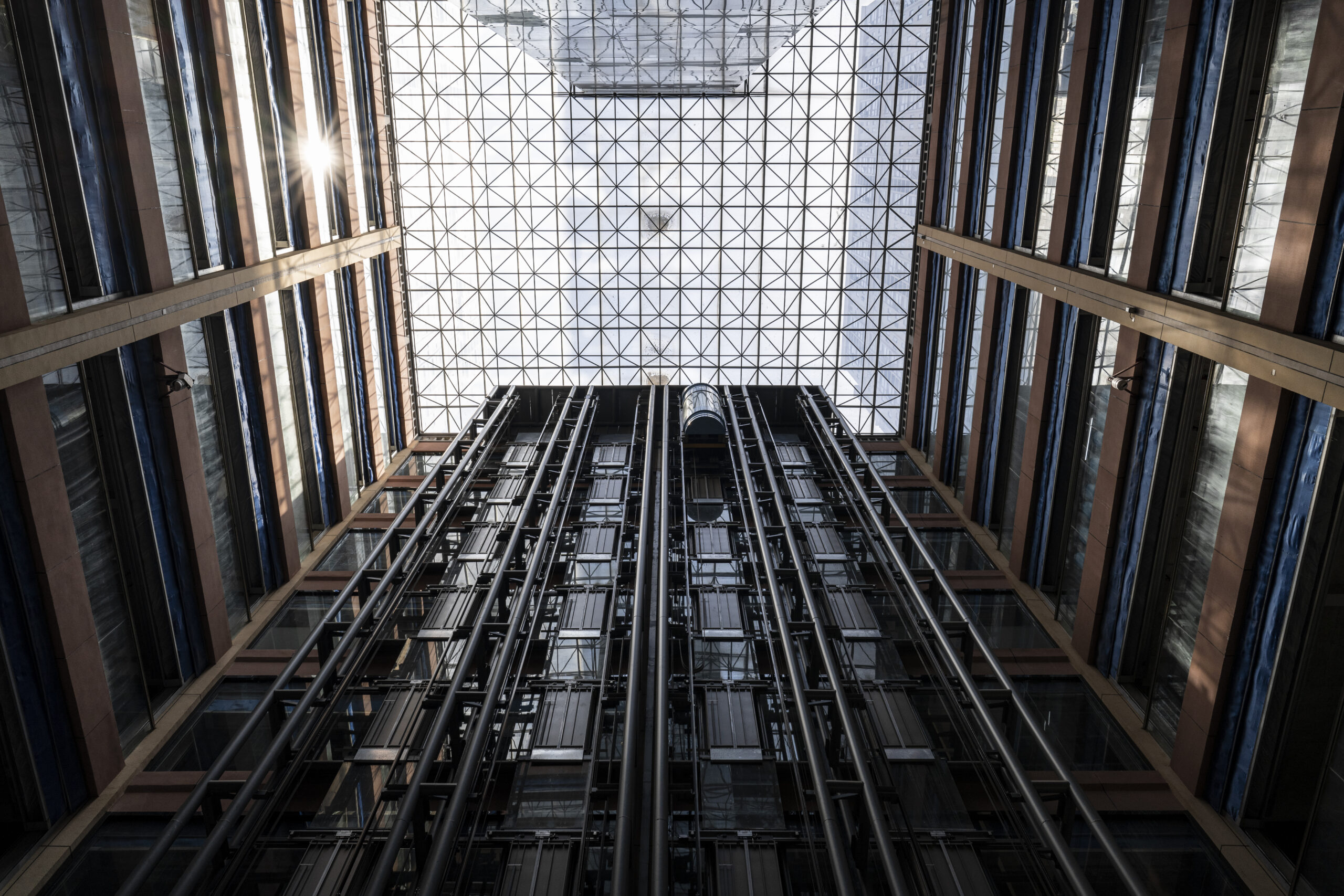
The imperative for new energy sources amid environmental degradation prompts a reevaluation of energy storage methods. Lithium-ion technology, once dominant, faces criticism, leading the construction industry to propose innovative alternatives. Bricks, cement, and minerals integral to construction emerge as components of Thermal Energy Storage (TES) systems, turning buildings into thermal batteries.
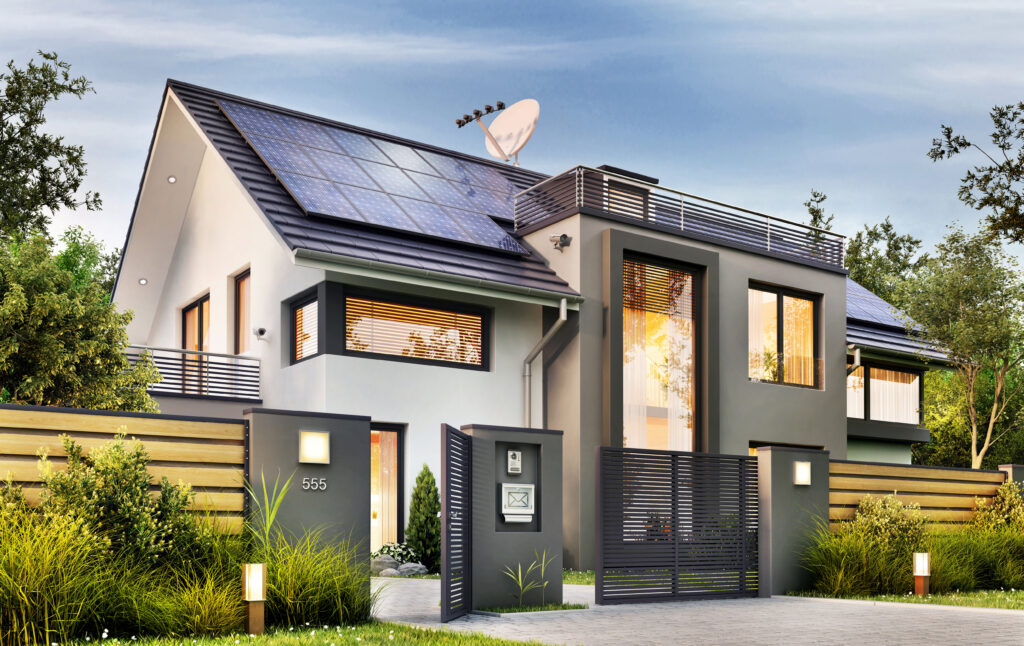
High-rise buildings offer potential solutions, with Lift Energy Storage Technology (LEST) transforming elevators into dynamic storage units. Residential buildings increasingly adopt dedicated battery systems, contributing to the growth of clean energy installations. Researchers explore electrified cement, capable of rapid electrical energy storage and release, integrated into building foundations and roads.
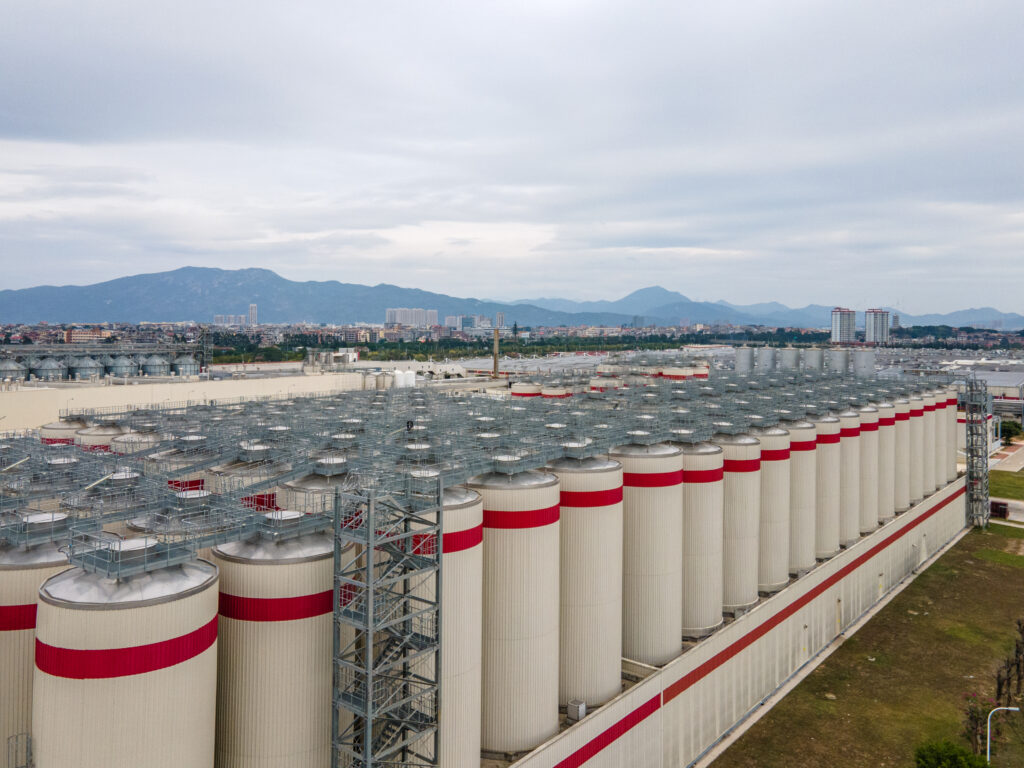
Companies like Rondo Energy use heat batteries made of bricks, while Brenmiller employs crushed rock, and Polar Night develops sand batteries for efficient energy storage and release. These solutions leverage construction materials, offering scalable energy storage options. Grid-interactive buildings, communicating with local power grids, promise seamless integration of climate control and energy storage, reducing dependence on centralized utilities.
Policymakers and regulators play a crucial role in incentivizing end-users to share distributed storage resources, fostering decentralized and resilient energy infrastructures. The challenges of high installation costs and battery supply chain concerns persist, but the vision of buildings as potential powerhouses holds promise in reshaping the energy storage landscape.
SOURCE: Arch Daily


